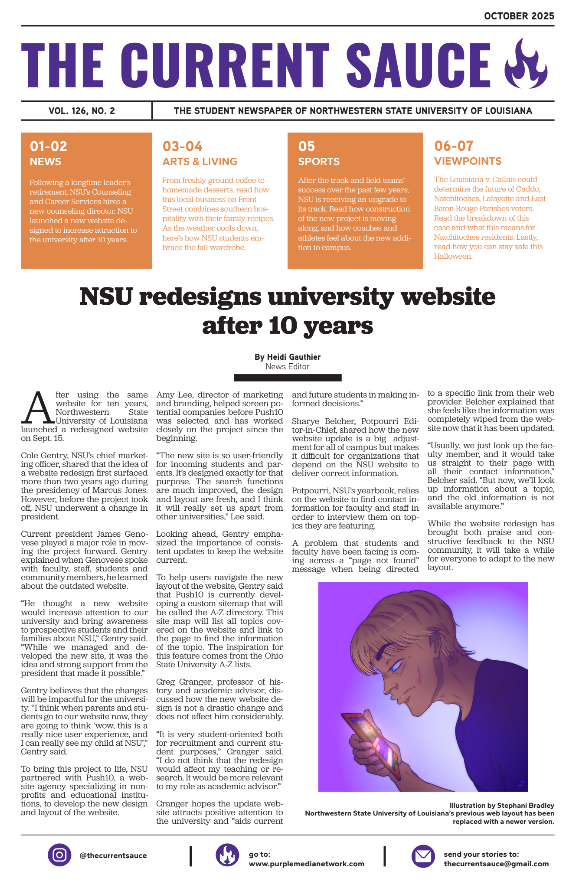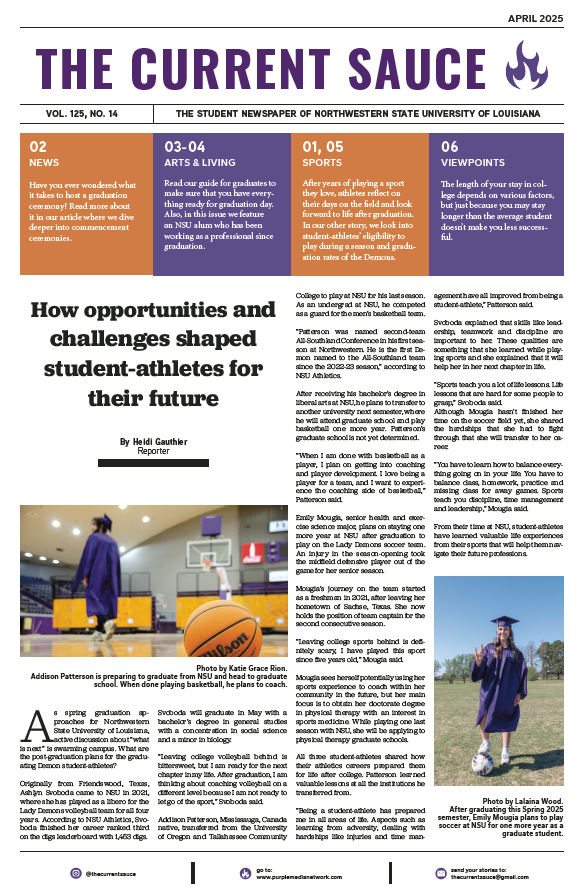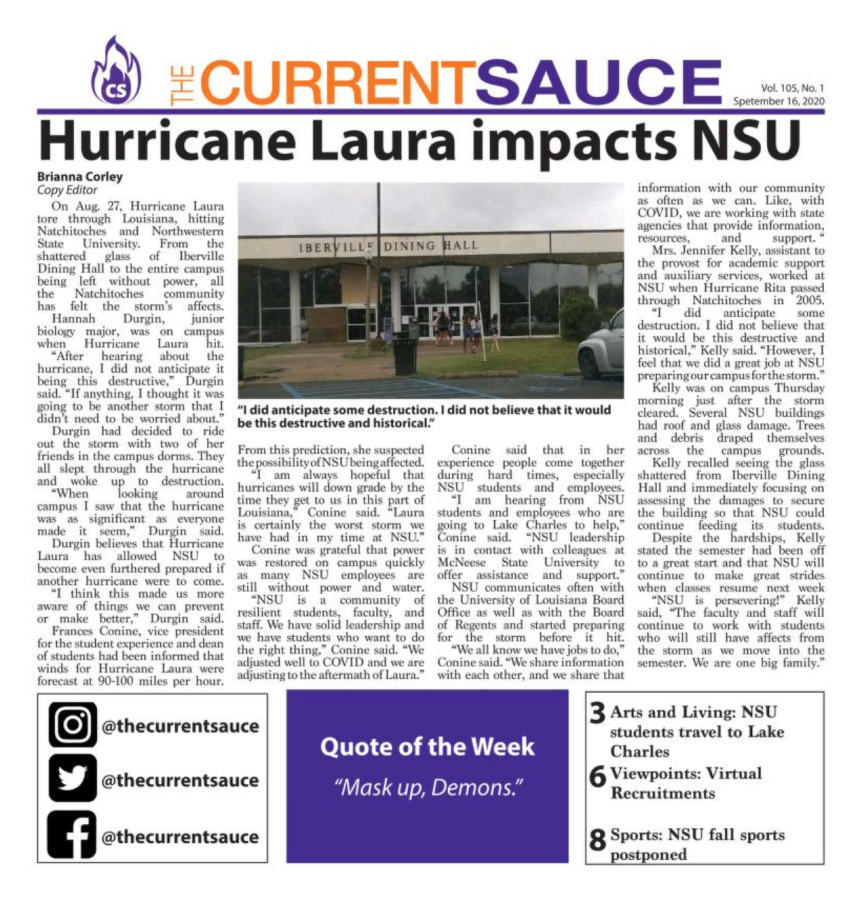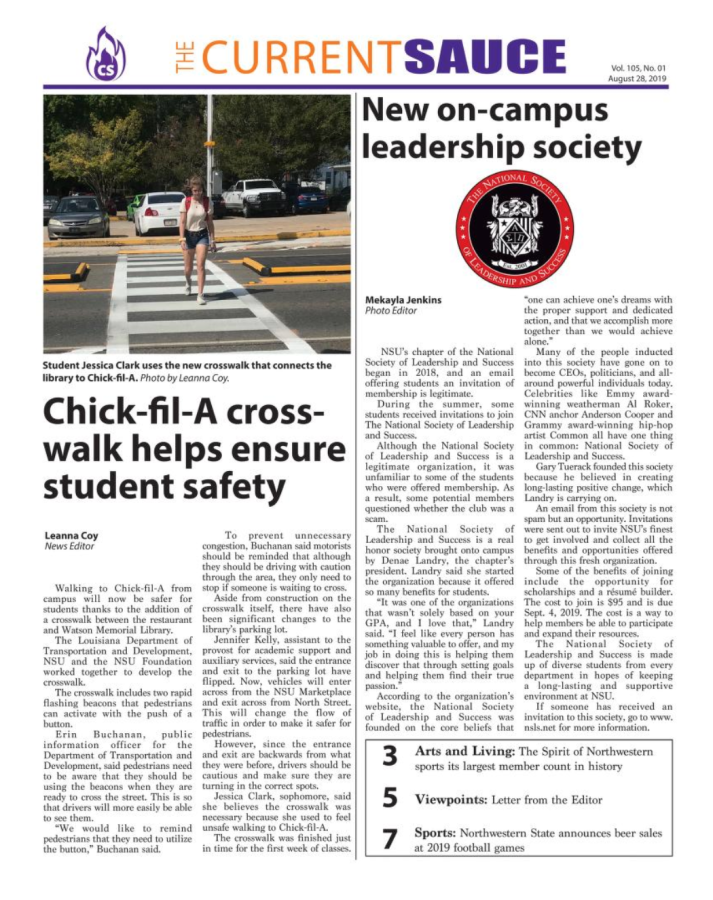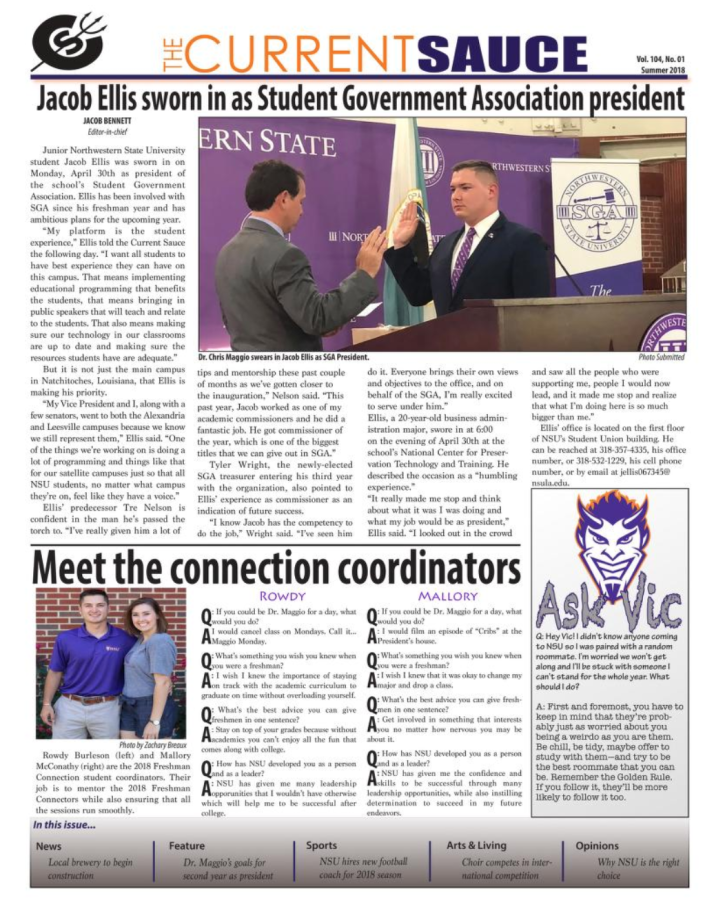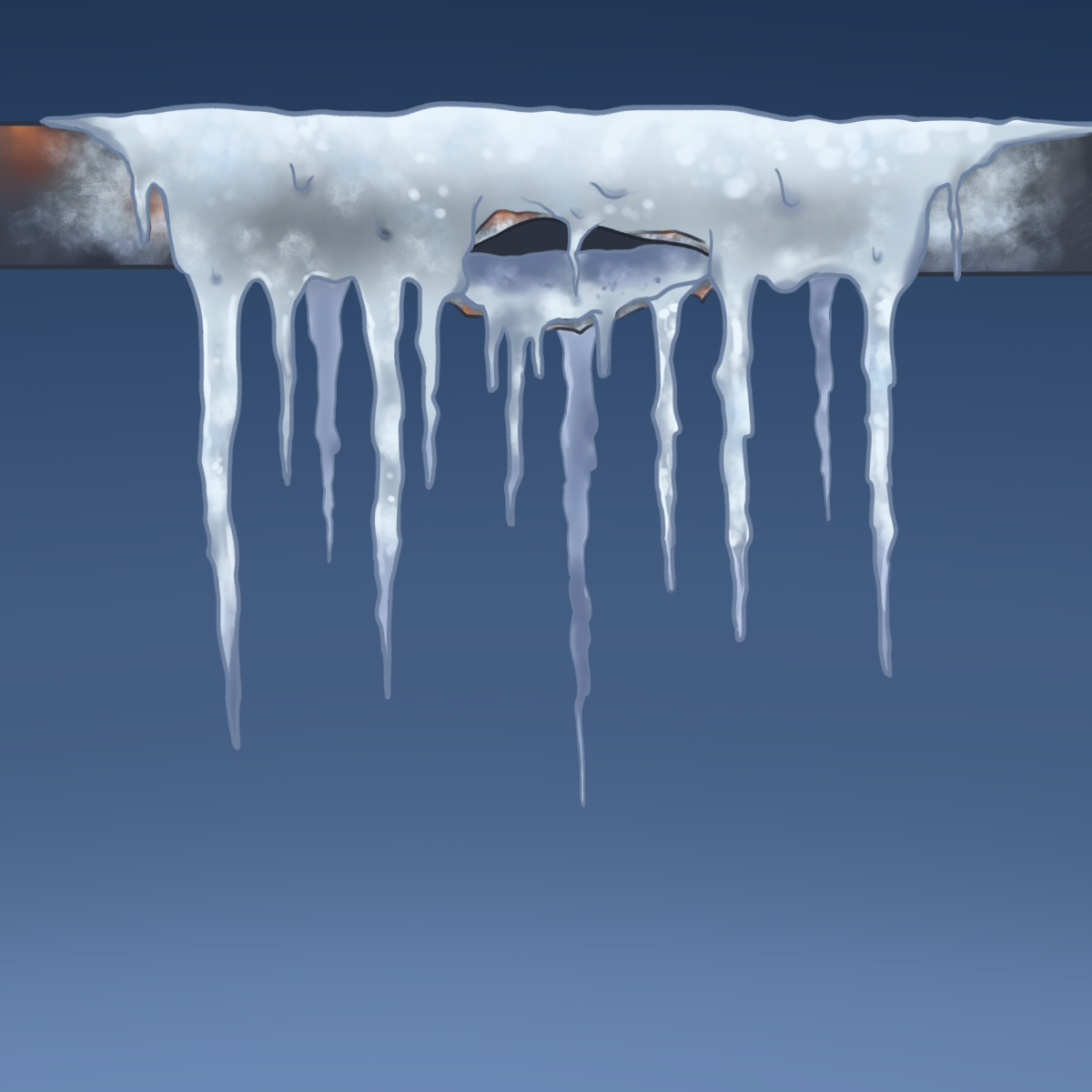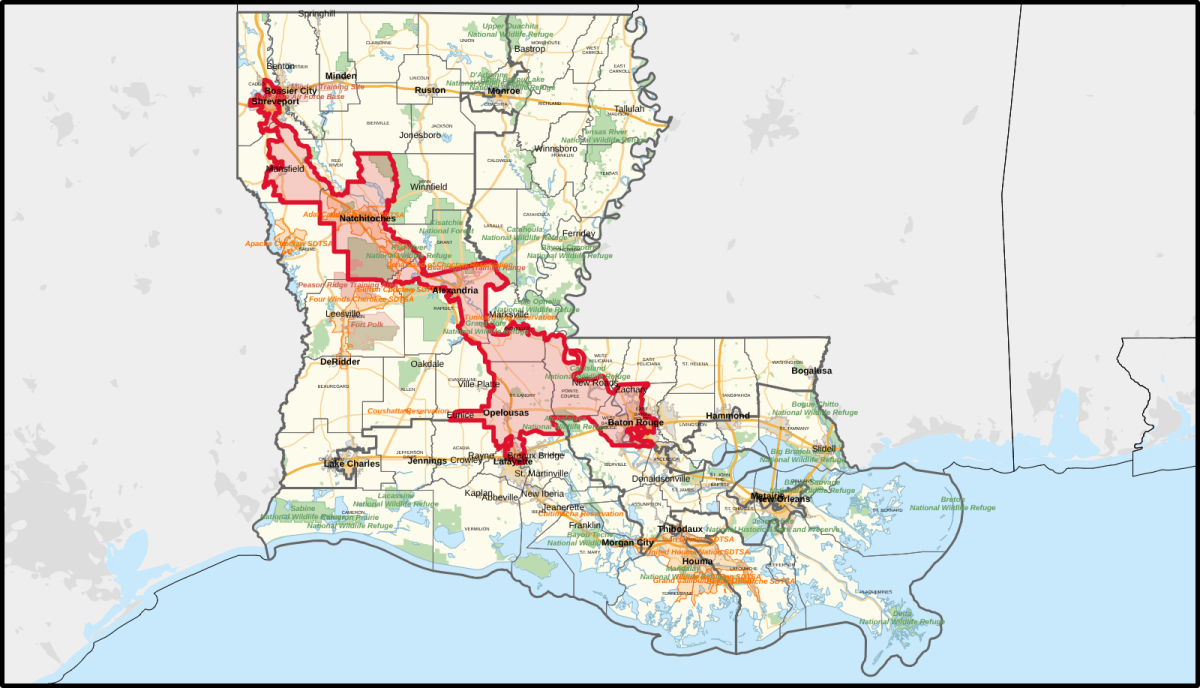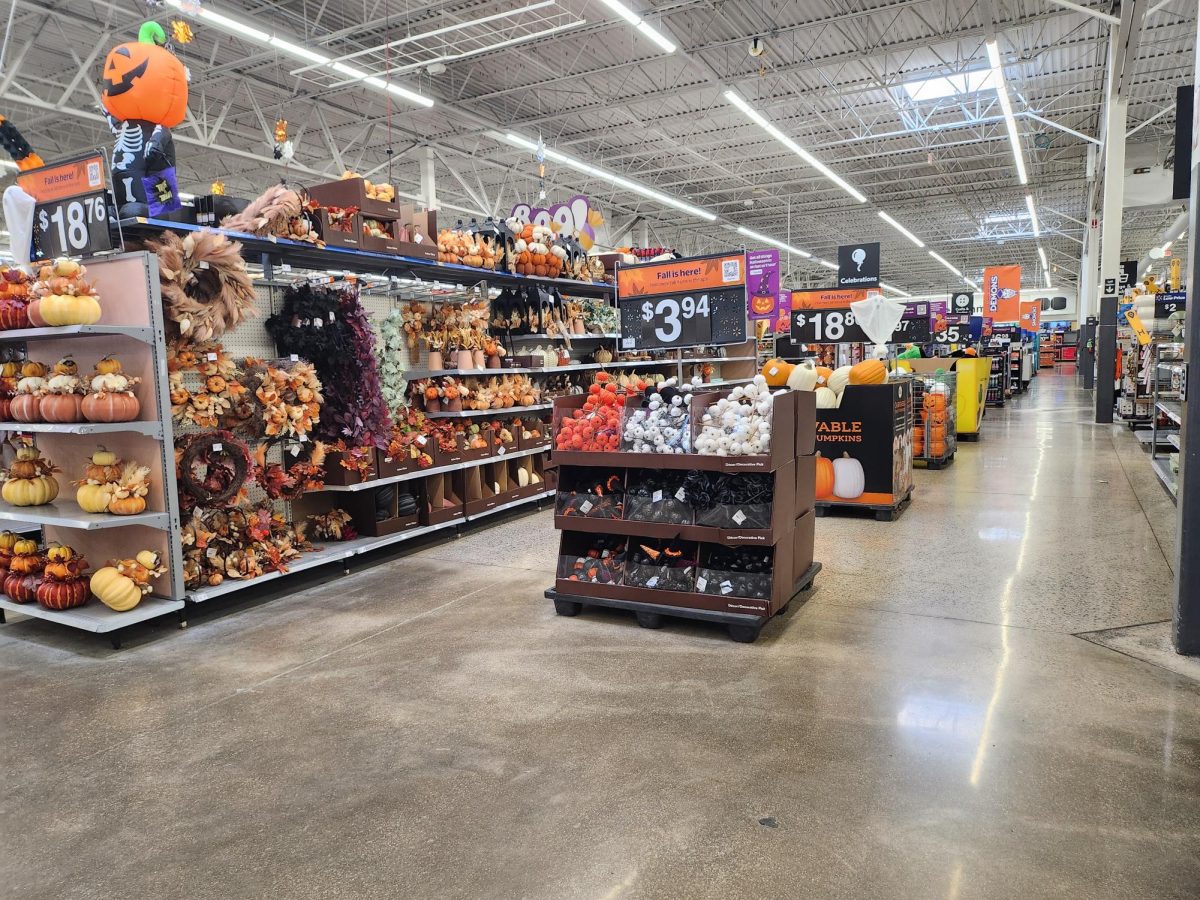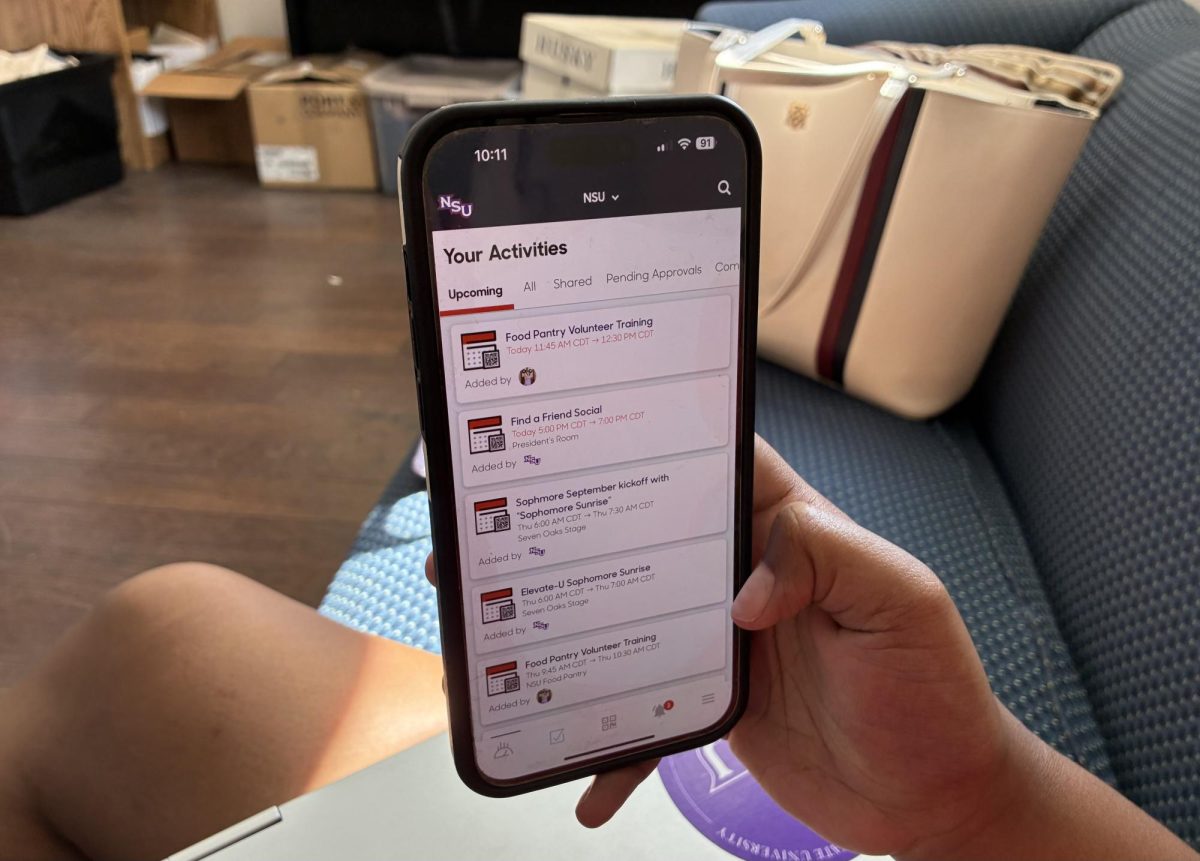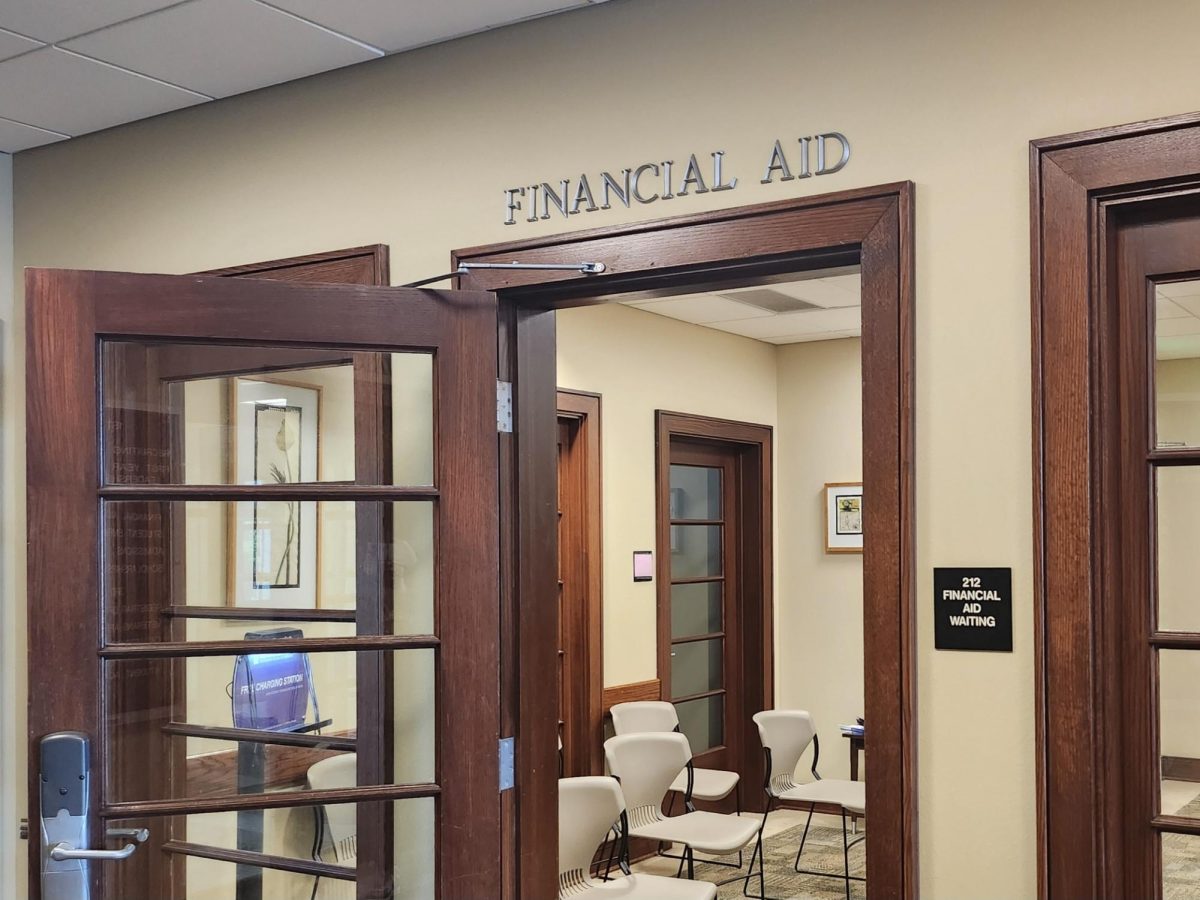Winter is approaching, and while most Louisiana winters don’t bring drastic changes, this year’s El Niño could bring dire consequences. Louisianians might need more than jackets and pants to brave the cold.
An El Niño winter, coupled with the state’s lack of preparations for icy conditions, may leave many in undesirable and unlivable conditions without essential resources. Will Louisiana’s infrastructure, designed for extreme heat, cope with a harsh winter?
El Niño is a weather phenomenon when the central Pacific Ocean’s sea temperatures are warmer than average. This leads to cooler and wetter conditions in the southern United States, especially Louisiana, due to the Gulf of Mexico. When wet and cold mix, ice forms, creating extremely dangerous conditions that many native Louisiana residents do not know how to navigate.
An example is our water infrastructure’s vulnerability. Louisiana pipes are not built to last for long periods of freezing temperatures. Unlike northern states where pipes are commonly in basements or insulated so they can stay warm year round. Louisiana’s exposed pipes can burst, leaving families without water, a basic necessity. Little things can be done to try to prevent this, like running water on days with freezing temperatures, nothing can prevent it fully, leaving households vulnerable.
Another example of unpreparedness is the lack of education for Louisiana drivers on how to navigate icy conditions. Snow tires are not as popular and readily available in the South as they are in states with guaranteed snow and ice every winter. When snow falls in Louisiana, especially South Louisiana, school cancellations are common because most residents cannot drive in snowy conditions, no matter how little it is. Untrained drivers on the road during rough weather with low visibility is a recipe for disaster.
When everyone is cold, residents tend to run their heating systems, unless you are in the percentage of Louisiana residents who do not have a heating system at all. If you have a gas system, running it constantly could leave a high gas bill and a warm house. However, with electric heating systems, every state resident running heat non-stop could overwhelm the power grid, resulting in power outages, with no power and no heat: both dark and cold.
The colder the winter, the higher the strain on the power grid, leaving many wondering how much it can take before it gives out. While generators can be life-saving, they can also be extremely dangerous if not used correctly, as seen evident in the recent case of a 3-month-old found dead from carbon monoxide poisoning in a New Orleans home after a generator was used inside the house. Carbon monoxide is odorless and cannot be seen, so it is especially dangerous; generators should only be used outside.
Winter storms bring destruction, knocking anything down in their path. With Louisiana’s outdated power lines built on wooden poles above ground leaving them vulnerable. These power lines are susceptible to being knocked down, blocking roads and causing delays.
The question arises: when will our officials winterize our Pelican State? Louisiana can take steps to be better prepared for winter, including major infrastructure updates such as insulating pipes, upgrading heating systems and reinforcing the power grid. Additionally, making the public aware of possible dangers and learning how to prepare for winter is a necessary step.
With a new governor taking office in January, mid-winter, we can only hope that the state has a well planned emergency response plan. This plan should include hiring workers for salting roads, clearing snow, shutting down icy roads and delivering emergency supplies in case of shortages.
During hard times, residents should be able to trust their state government to get them to the other side of the season. News outlets need to give the latest weather updates constantly, preparing the public for what is to come. In times where a state of weather emergency is called, our state government should alert the public, giving ample time to prepare.
As El Niño brings a unique level of concern this year, residents should take proactive measures. Stock up on essentials like food, water and supplies to power your house, such as gas or fire wood. Have blankets, warm clothes, candles, flashlights, batteries and lighters ready. Plan ways to contact loved ones without internet and power, and devise methods to keep necessary medicines cold without power.
In anticipation of winter, it is important to protect yourself and your family. Be sure smoke alarms and carbon monoxide detectors are functional, have a first aid kit ready and take care of vulnerable populations. Finally, try to stay warm and take care of the elderly, heed warnings and act responsibly.

